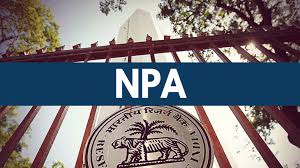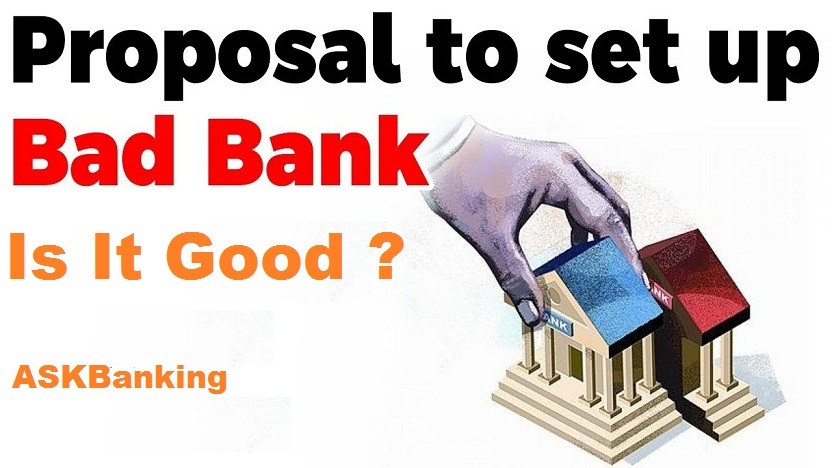
Reserve Bank of India (RBI) has unveiled new guidelines for recognizing default loans and how to resolve them. This new guidelines by Reserve Bank will help in early detection of Non performing assets. Further, RBI has also dictated the penalties on bank in case of failure to recognize. The new rule is implemented to specify norms for “early identification” of stressed assets, timelines for implementation of resolution plans, and a penalty on banks for failing to adhere to the prescribed timelines.
Separate rules are created for loans over Rs 500 crore and over Rs 2,000 crore.
In order to tackle the bad loan, the Reserve Bank of India abolished half a dozen existing loan-restructuring mechanisms effective immediately and provided a strict 180-day timeline for banks to agree on a resolution plan in case of a default or else refer the account for bankruptcy. The existing restructuring mechanism like Corporate Debt Restructuring Scheme (CDR), Strategic Debt Restructuring Scheme (SDR) , Scheme for Sustainable Structuring of Stressed Assets (S4A) and The Joint Lenders’ Forum (JLF).
New rule specified that the Bank has to initiate the insolvency proceedings in case of a loan of Rs 2,000 crore or more if a resolution plan is not implemented within 180 days of the default.









Leave a Comment